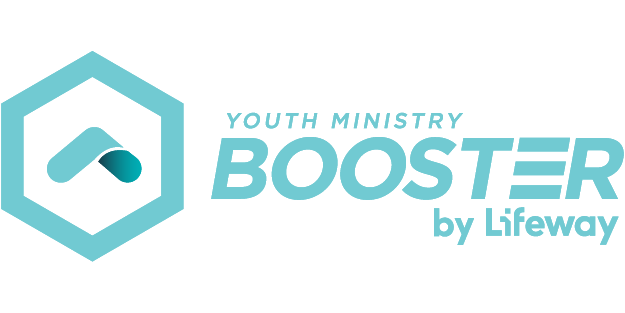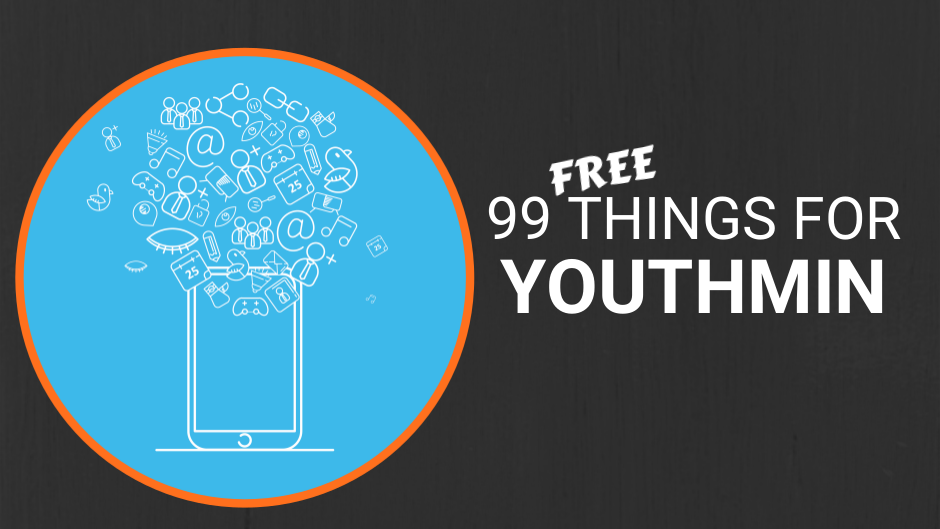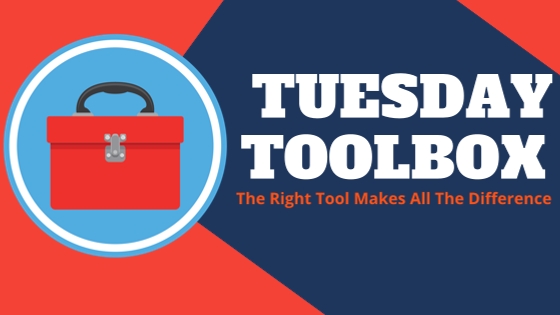Welcome to another round of Tuesday tool-testing. If you missed last week’s post about the weekly practice of Brain Dump then check it out here.
So my Dad is one of the best Dads I know. One of his better lines is that "the right tool makes all the difference.” So whether we were building jug lures for fishing or hanging Christmas lights, he would always take the extra time to get, borrow, or buy the right tool for the job. My favorite part of these outings was learning about how many tools had similar looks but completely different uses. Seriously have you seen the tool department at big box stores!
Youth ministry is in many ways similar. We need the right tools and sometimes we didn’t even know they were available (or affordable). So welcome to another weekly review of a free tool to boost youth ministers and youth ministry. This week we are all about Overcast, the supreme app for consuming podcasts.
Caveats: Not every one of these will be new to you or useful. No worries, sometimes tool-shopping is about remembering what is out there for later. Also, it takes time to adapt to new tools. If you have never used one of these tools before remember that adding or shaping your personal workflow (or your team’s) takes time, practice, and routine.
#YouthMinistry Is A Game Of Busyness.
I have never met a youth minister who wasn’t in a “busy season,” and yet I have met very youth ministers who felt like they were doing really important work all the time. Yeah, yeah if you get the minister away from the hustle and bustle of the church office or exhaustion of camps or retreats they might be able to piece together a couple of important moments or stories, but it seems like too many of us go about our weekly existence laboring with tasks, projects, or busyness that seldom feel important or meaningful.
- What if there was a way to participate in the weekly grind of youth ministry and do some of your most important work?
- What if there was a method to help you feel like your were inching every week to a fuller and clearer sense of vocation? whilst finding more and more time for your family, friends, and self? It’s not a ploy, it’s a tool that works and it’s our feature this week on Tuesday Toolbox: The Eisenhower Method.
The Eisenhower Method or What Steven Covey Still Teaches Us
““What is important is seldom urgent and what is urgent is seldom important.”
”
There are three lessons to be learned from this quote.
- We don’t have enough important Dwights anymore
- Utilizing your middle initial gives you extra credibility and
- Graph paper is a better medium to navigate your tasks than your yellow legal pad.
The fundamental principle of the Eisenhower method is that tasks should be marked as either urgent or not urgent and either important or not important.
By utilizing these keywords you can start to group and categorize what you needs to get done because it needs to get done or what needs to get done because it is important or what needs to not get done by you because you are delegating. It is time for us to move beyond the one category mindset of “I need to get all this stuff done.” The truth is you cannot get it all done and we need to stop trying to live that way.
The key feature of the Eisenhower method is assign tasks, projects, and obligations to a quadrant. This helps us to visual our work and assess our efforts and plot our success. It is probably so simple you don't belive me, but trust me it changes everything about your workload. You are doing stuff that you shouldn't do and you are missing out on the important stuff because it hasn't called to bother you this week.
“The important not urgent work is the stuff that we celebrate the most and we often do the least.
”
The Eisenhower Method starts with the Brain Dump we worked on last week. We can take the data from that long, long list of stuff we need to do and assign it the correct value so that we can actually get work done.
So it’s time to break out your brain dumps from last week friends. We are going to take what we had in our heads and put them to good work. Okay, scan the list and start moving stuff around and be brutally honest in where you place things. Use the example categories and quandrants to help you navigate.
“Graph paper is a better medium to navigate your tasks than your yellow legal pad. ”
Productivity Guru Stephen Covey Reminds Us
So you may not know his name, but you probably are familiar with (or have utilized) the famous illustration of a glass jar being filled up with rocks and sand. This productivity/prioritization illustration teaches that if you fill a jar with rocks first then the sand will fall into place, but if you fill the jar with sand first then the rocks will not fit.
The good news is that this metaphor is still true. There is no shortage on things that are competing for your attention, jockeying to get into your life, and beckoning you to work on them or get them done.
You cannot control the flow of time my friend but you can assign the right value to the most meaningful tasks. Let’s be honest the urgent and important stuff will find a way to get done and the urgent stuff will keep making itself urgent, but by focusing on the important work that is not urgent we can begin to accomplish the things we really wanted to get done.
http://www.brefigroup.co.uk/acrobat/quadrnts.pdf
Come back next week as we finish this three part series on personal productivity.
Thanks for reading.
zw









